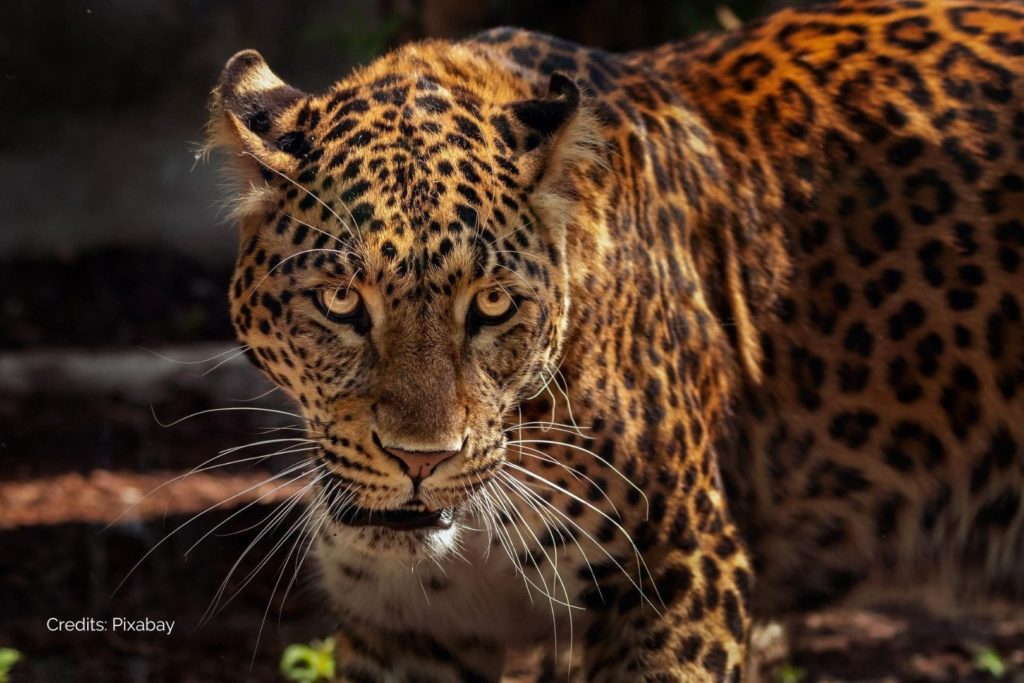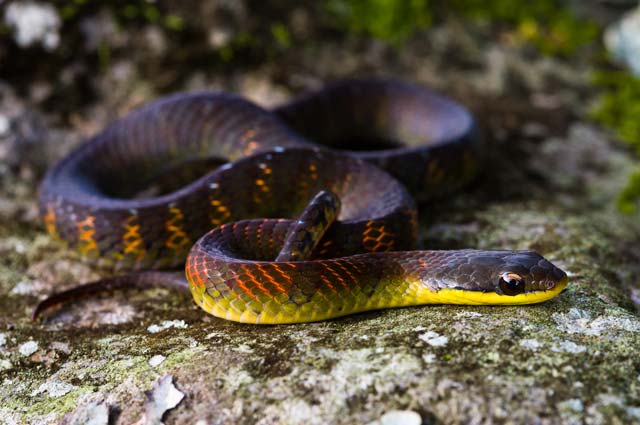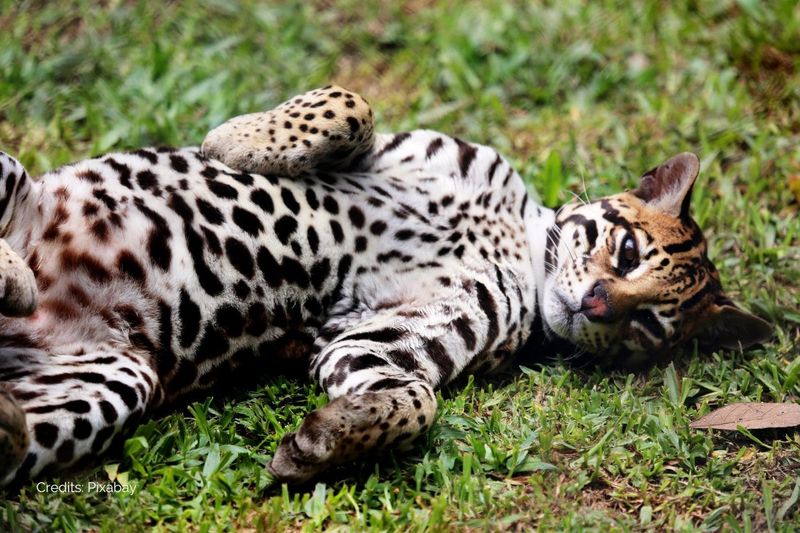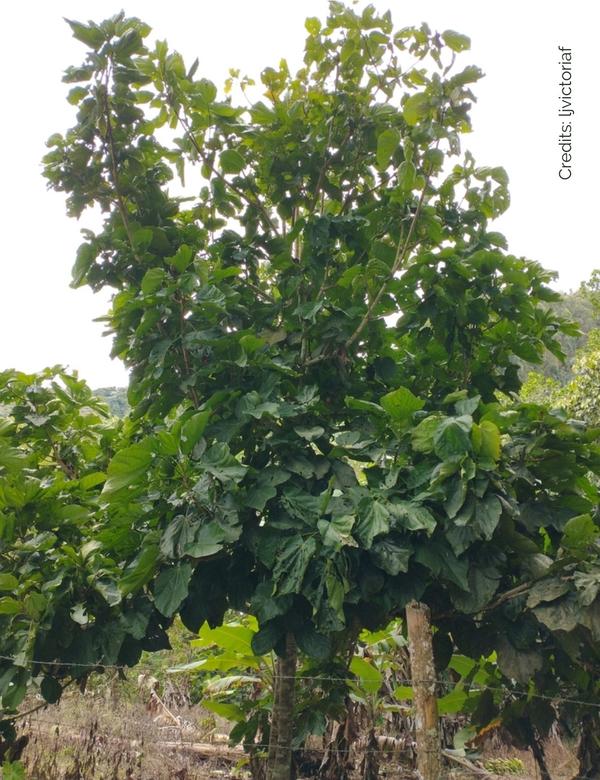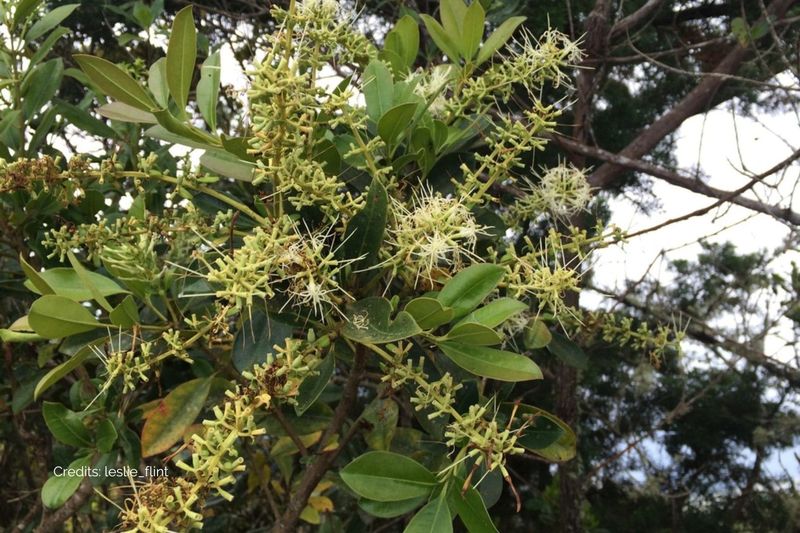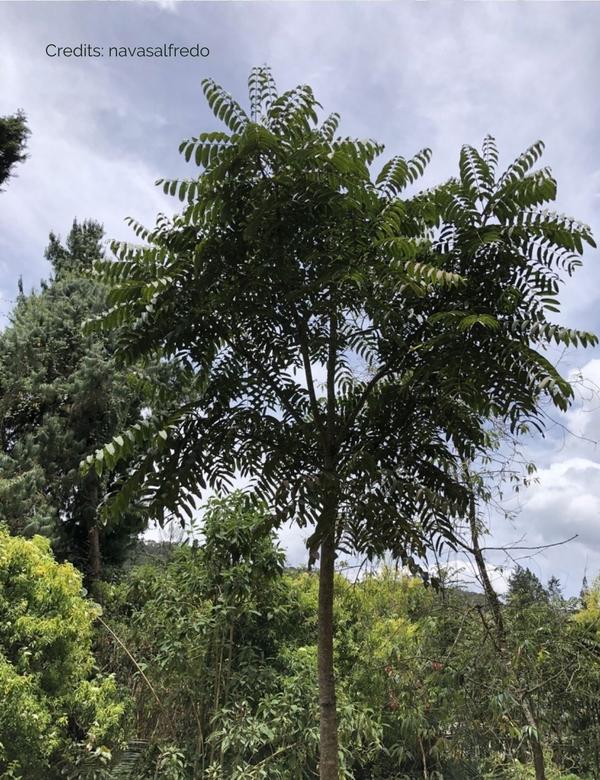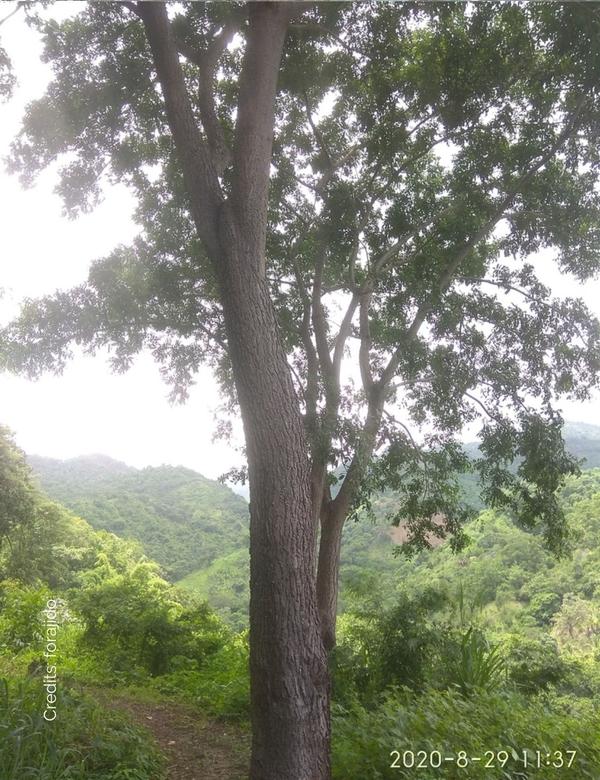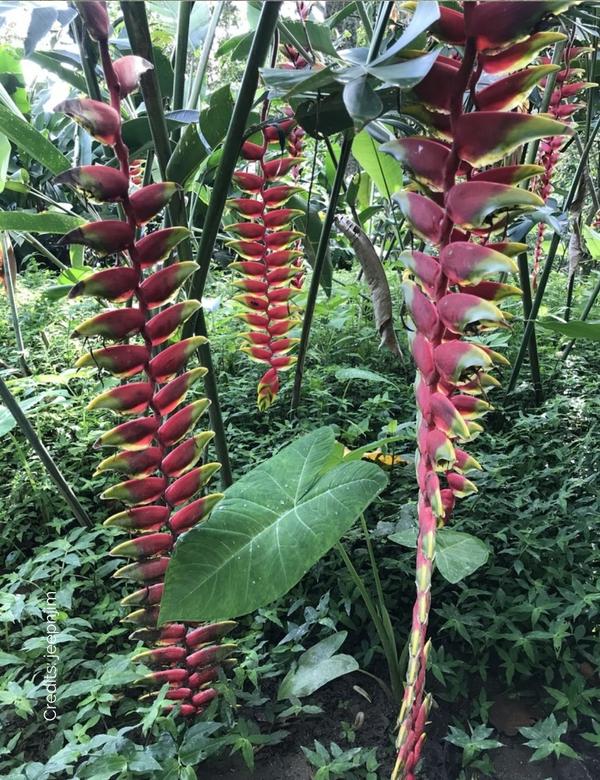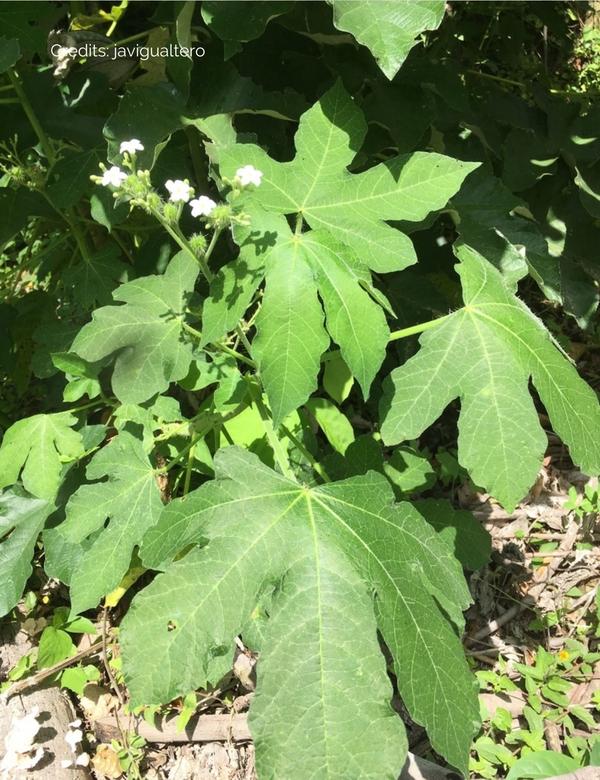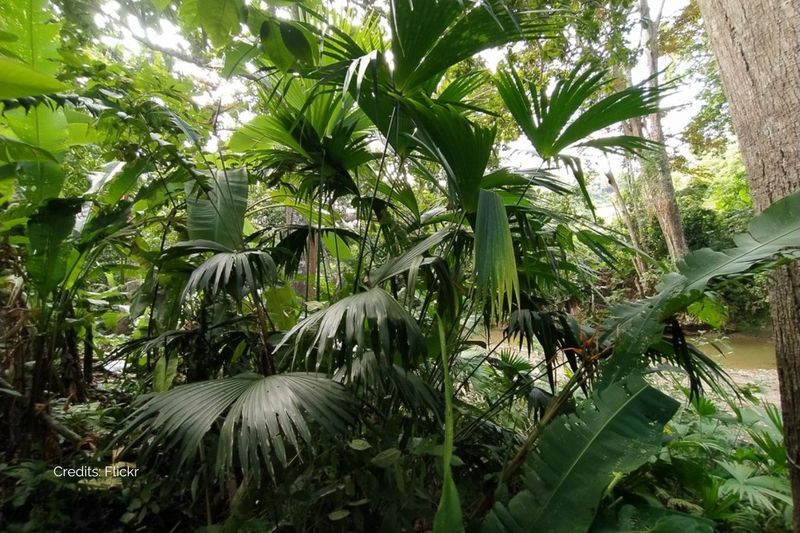This low level region of the Sierra Nevada of Santa Marta supports a unique tropical ecosystem at 600m above sea level, defined by a primarily temperate climate between 23 and 28 degrees celsius (approximately 73-82 degrees fahrenheit). It is home to a rich array of flora and fauna as well as several communities of indigenous tribes.
It is estimated that about 70-80% of the land in this region has been cleared, largely for the cultivation of crops such as coffee and as pasture for raising livestock. The World Wildlife Foundation has classified this region as “vulnerable” due to the impact of this deforestation, which has led to erosion and mudslides and inevitably the destruction of the homes of many species and communities.
Biodiversity
Among the several 1,000+ species of fauna, some notable animals unique to this region, many of which are endangered, include the:

Jaguar 
Tapir 
Otter 
Howler monkey 
Fire-bellied snake 
Guartinajas or small pudu, a type of deer 
Ñeque, a squirrel-like rodent 
Cotton Top Tamarin 
Small Wild Cat
This tropical rainforest region is covered with a canopy of perennial trees and supports a variety of 1,800 plant species. Examples of trees present in the park include the:

Caracolí (Anacardium excelsum) 
Ceiba de leche (Hura crepitans) 
Chupo (Quararibea cordata) 
Tagua (Gaia dendron) also known as ‘vegetable ivory’ 
Higuerón (Ficus aurea) 
Camajón (Sterculia apetala) 
Cedro (Cedrela montana) 
Jobo (Spondias mombin) 
Palma de Vino (Attalea butyracea) 
Platanillo (Heliconia rostrata) 
Pringamosa (Urera verrucosa) 
Iraca (Carludovica palmata) 
Tomatillo (Physalis angulata)
Communities
Several indigenous communities are present in la Sierra, including the Koguis, Arhuacos, Wiwas, and the Kankuamos. It is believed that all tribes are descendants of the Pre Columbian Taironas who lived in the lowlands before being driven inland towards higher lands of the Sierra Nevada as a result of colonization. The Ciudad Pérdida (or Lost City) is the best known archaeological site in the region thought to be the tribe’s main city center.

These four communities share similar beliefs and leadership structures, appointing Mamos, figureheads who offer guidance and healing to the tribes. It is believed that these tribes operate with a shared cosmology, in that each of the 4 communities form a leg holding up a table which symbolizes the equilibrium in nature and on earth.
Koguis primarily base their lifestyle on spirituality and strong belief in the concept of “Aluna” or “The Great Mother”. They live with deep respect for nature and consider themselves to be children of this Mother Earth. Members of the tribe live in circular huts deep in the forest, largely choosing to live in isolation as a measure to preserve their way of life and to prevent further destruction of their habitat.
Arhuacos inhabit the higher valleys and rely on subsistence agriculture for their livelihoods. They are a deeply spiritual community, operating with a philosophy that views the Sierra Nevada as the heart of the world, and see themselves as responsible for its protection and therefore of all life on Earth.
Wiwas are the smallest of the tribal communities inhabiting the Sierra Nevada. Similar to the others, their lives center around preserving Mother Nature, referring to themselves as Damanas, or protectors.
Kankuamos, which can be translated as the guardians of the earth, are the indigenous group thought to have had the least contact with the outside world, and have been largely successful at isolating themselves.
Unfortunately these communities are facing constant threats to their land, cultural preservation and livelihoods due to industrial agriculture and land clearing.
The mission of Anukwe is to promote further sustainability and awareness of these ecosystems and livelihoods by ensuring protection and reforestation of these endangered lands.


